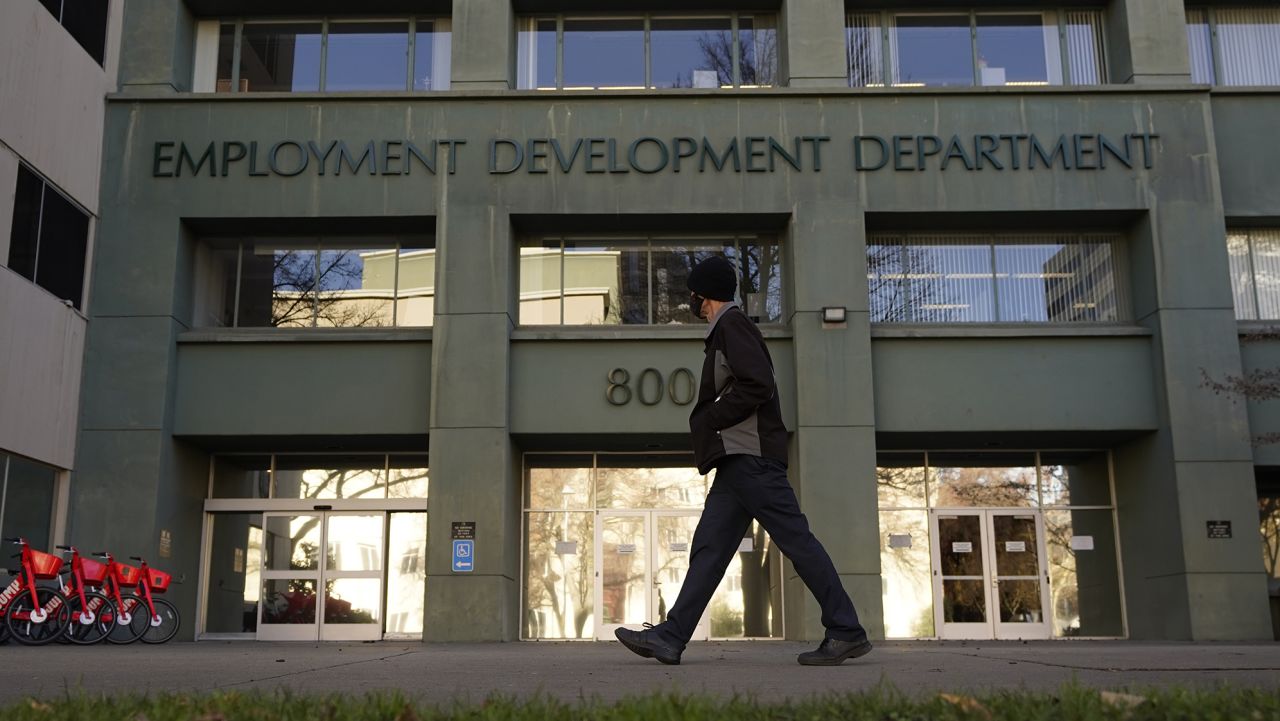Employers, take note: If your staff has been working from home most or all of the time during the past two years, chances are a majority may want to continue doing so after the threat of Covid-19 fades.
Among Americans with jobs that can be done remotely, 59% say they still are working from home much or all of the time, according to a new survey released Wednesday by the Pew Research Center. That’s less than the 71% who reported working remotely in October 2020, but is well above the 23% who did frequently before the pandemic.
And among those who have a workplace outside of their homes, the majority (61%) said they are choosing to work from home, while the remainder said they’re remote because their workplace is closed or unavailable to them.
Pew researchers said they found that 60% of workers with jobs that can be done from home say they’d like to work from home all or most of the time when the pandemic is over if given the choice. This is up from 54% in 2020.
Why people currently are choosing to work at home rather than in the office is a key question, and there can be more than one reason. Forty-two percent cited fear of exposure to Covid-19 in the workplace – that’s down from 57% in 2020. But the biggest reason cited by respondents (76%) is that working from home is their preference.
For some, geography plays a role: 17% (up from 9% in 2020) cite the fact that they have relocated as a main reason for not going to the office.
And for working parents with kids under 18, Pew found a third (32%) cited lack of child care, while 15% said there are restrictions on their access to their workplace.
Among people who rarely if ever worked from home before the pandemic and are choosing to do so now, 64% said working from home has improved their work-life balance. In terms of productivity, 44% say remote work has made it easier for them to get work done and meet deadlines. One common downside, however, is feeling less connected to colleagues, which 60% cited.
The survey, conducted from January 24 to January 30, captures the views from a random, nationally representative sampling of 5,889 US adults who are working part-time or full-time and who have only one primary job.
To see other findings from the survey, you can find the full Pew report is here.

























